To realize this, Hanoi needs to focus on building a semiconductor industrial ecosystem based on four important pillars.

First is investment capital. To produce semiconductors, Hanoi needs a huge amount of investment capital, which the state budget and domestic corporations certainly do not have enough, especially if they want to build their own chip foundries. Therefore, the Government needs to further promote the attraction of foreign direct investment (FDI), especially strategic investors, who play a key role in the global supply chain in the semiconductor industry.
To do this, it is necessary to focus on mechanisms and policies to support the expansion and improvement of the quality of human resources in the semiconductor field through upskill training for semiconductor design personnel according to business needs.
Attracting FDI with the element of source technology transfer is an extremely important channel to approach, grasp and master the source technology of semiconductor chips. The source technology of the semiconductor industry is only created in a few developed countries, mainly the US, countries in the European community, Japan, and Korea, because it requires strong scientific, technological and economic potential.
The State must have a cooperation strategy with these countries to create favorable conditions for domestic science and technology organizations and semiconductor enterprises to cooperate in research, acquisition, leasing, purchasing, and receiving technology transfer that cannot be created domestically.
In addition, Hanoi needs venture capital. The government needs to soon develop and promulgate mechanisms and policies related to startups, venture capital funds and investors such as taxes, venture capital laws, mechanisms for venture investors, mechanisms to protect them when investing in venture capital and mechanisms to divest from venture capital, to support small and medium enterprises, especially pioneering enterprises in the semiconductor industry with many risks.
The second is domestic semiconductor capacity. A country can only develop sustainably when it has sufficient internal capacity. Domestic enterprises need to master semiconductor technology, design and manufacture domestic chip products, including advanced chip products.
To do so, it is necessary to strengthen research and development R&D (a term used to describe a series of activities aimed at creating innovation in existing services, products, processes or discovering new improvements to create new products), considering this as the foundation for innovation. Because R&D is an important basis for innovation, especially radical innovations (disruptive innovation) in engineering - technology, medicine and natural sciences, in both the private and public sectors.
R&D allows a company to stay ahead of its competitors in meeting market needs and creating products that are difficult for competitors to imitate. Limited R&D capacity is a major challenge in designing and developing new semiconductor products, improving technology and enhancing competitiveness. Moreover, Vietnam has difficulty accessing advanced technology due to: (1) high costs, (2) complex legal requirements, and (3) countries holding technology are very cautious about transferring for national security reasons. But to carry out R&D programs, businesses need knowledge, talent and investment.
Next is semiconductor manufacturing capacity. Wafer manufacturing is currently a stage that the Government and the semiconductor industry are particularly focused on developing. This is an extremely complex process, involving many types of chips, wafer sizes, technologies, materials, equipment and design tools. At the macro level, countries and regions are having to review their manufacturing strategies in the context of constantly changing trade restrictions. In fact, strengthening domestic semiconductor manufacturing capacity is becoming a top priority, even for developed economies like the US.
Therefore, building scientific and technological potential and semiconductor production capacity is one of the important pillars to develop the semiconductor industry according to the set goals. The Capital Government needs to actively promote the formation of domestic enterprises capable of developing electronic products and semiconductor chips "Made in Vietnam" to serve domestic niche markets, gradually moving towards export.
Third is the supporting and promoting policies for the semiconductor industry. When semiconductor companies make investment decisions, they consider many factors such as the general business situation, supplier network, location readiness, infrastructure and resources. However, the most important factor is still government policy. Well-planned and sustainable incentive programs, together with a favorable legal environment and effective human resource development initiatives, will clearly demonstrate the government's commitment to the long-term development of this industry. The Hanoi government needs to play a role in guiding, supporting and promoting semiconductor companies in the area if the industry is to become stronger and capable of participating in the global supply chain.
Semiconductors should be considered a focus in national economic growth and competitiveness strategies. At the same time, semiconductor industry development policies should aim to link science, technology and innovation with production capacity, economic growth and employment, and outline an effective plan for participating components. An effective semiconductor policy should focus on leveraging the global semiconductor ecosystem, creating conditions for innovations in technology and business models of domestic enterprises to be able to compete globally. Support policies and promoting the formation of the semiconductor microchip industry structure should be placed in an inter-industry and regional relationship, promoting comparative advantages and enhancing local competitiveness.
Fourth is the human resources of the semiconductor industry. One of the challenges of the development of the semiconductor industry is the ability to provide human resources with sufficient knowledge and skills for organizations and businesses in the industry.
How can organizations and businesses in the capital's semiconductor industry thoroughly implement the motto: "Before creating a product, we must create the people who will make that product" as Japanese businesses have done?
Hanoi not only needs a sufficient number of workers, but also needs experts to meet the needs of the international market. The development strategies of major countries such as the US, Japan, China... as mentioned above, all start from developing high-quality human resources, through investing in training programs, research institutes, and expanding the cooperation network between universities, research institutes with domestic and international enterprises.
Source: https://hanoimoi.vn/kien-tao-he-sinh-thai-cho-nganh-cong-nghiep-moi-cua-ha-noi-720001.html







![[Photo] Closing ceremony of the 18th Congress of Hanoi Party Committee](https://vphoto.vietnam.vn/thumb/1200x675/vietnam/resource/IMAGE/2025/10/17/1760704850107_ndo_br_1-jpg.webp)
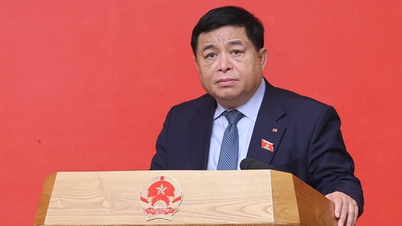







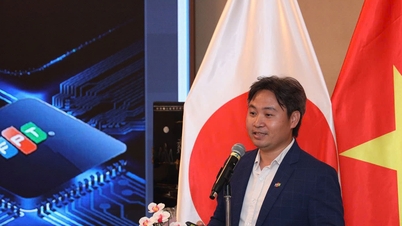
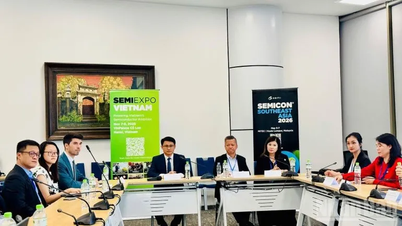


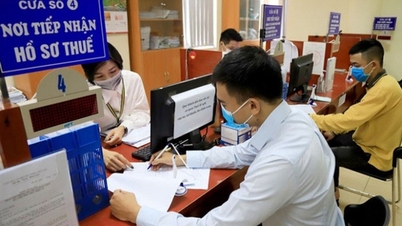



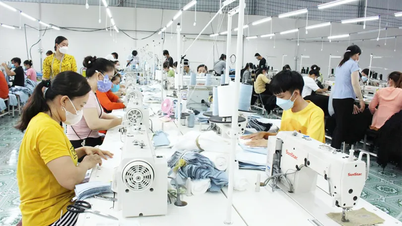










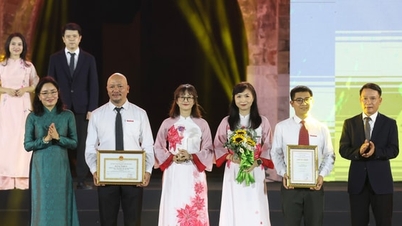



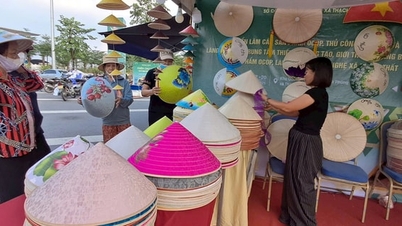

![[Photo] Nhan Dan Newspaper launches “Fatherland in the Heart: The Concert Film”](https://vphoto.vietnam.vn/thumb/1200x675/vietnam/resource/IMAGE/2025/10/16/1760622132545_thiet-ke-chua-co-ten-36-png.webp)







































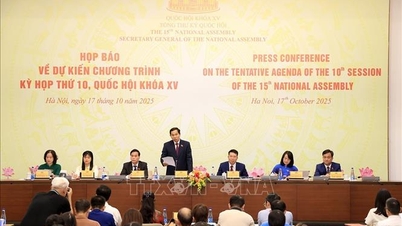









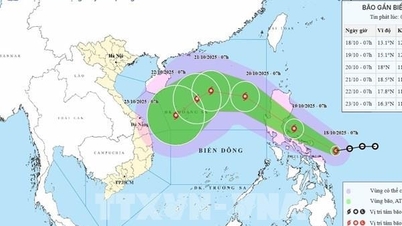

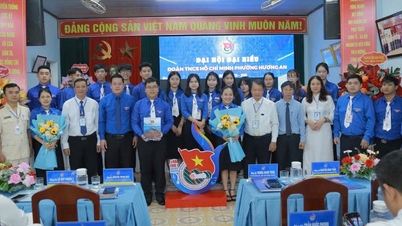














Comment (0)